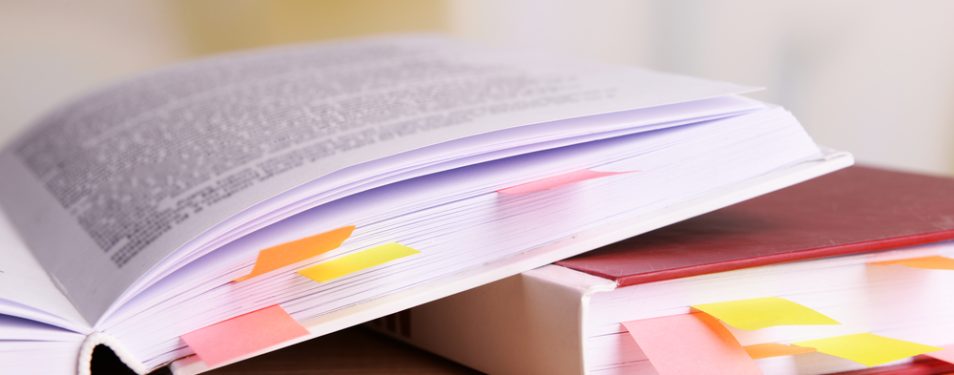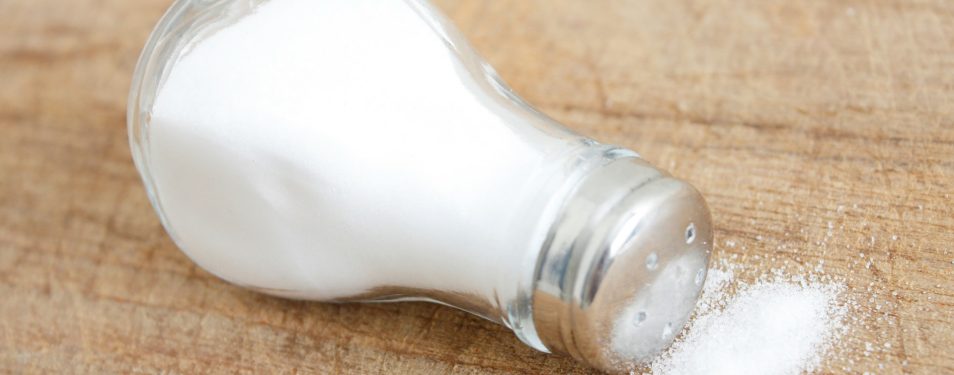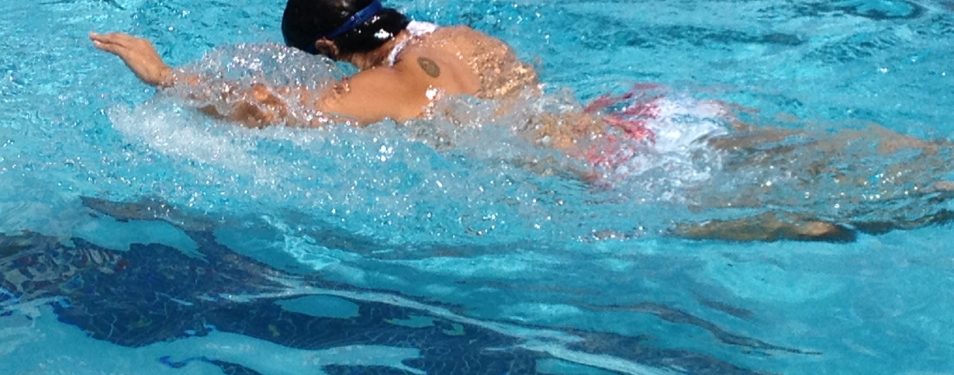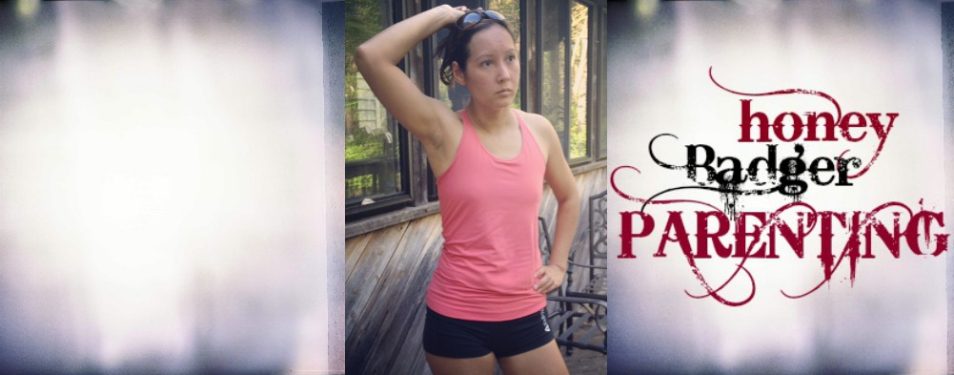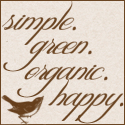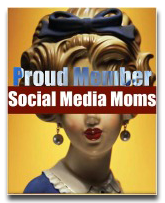Posted by Robin on Oct 23, 2016 in Family | 0 comments
Kids are natural scientists from the day they’re born. Watch a baby and you’ll see surprise in their eyes when something unexpected happens; then they’ll try it again and again to see if they get the same result.
That’s science.
Fast forward a few years and you’ll see kids attempting insane physical feats and then figuring out (sometimes hilariously) why they didn’t work out.
That’s science.
They’ll go through a period where it seems like their only goal in life is to tear things open or take things apart, to see what’s inside or what makes them work.
That’s science, too.
Science is curiosity and experimentation and observation and conclusions and trying again. The scientific process— developing a theory, then testing, testing, testing— is a natural and essential part of childhood; one that should be encouraged and celebrated. Not just to keep the love of science alive through the school years, but because a healthy curiosity and drive to figure things out is a very healthy trait to carry with you your entire life.
But while kids are young, one of the best things about science experiments is that they’re a adult-sanctioned reason to get messy! Here’s a simple, not too messy one for the pint-size scientist in your house to try, from Kitchen Science Lab for Kids: 52 Family Friendly Experiments from Around the House by Liz Lee Heinecke.
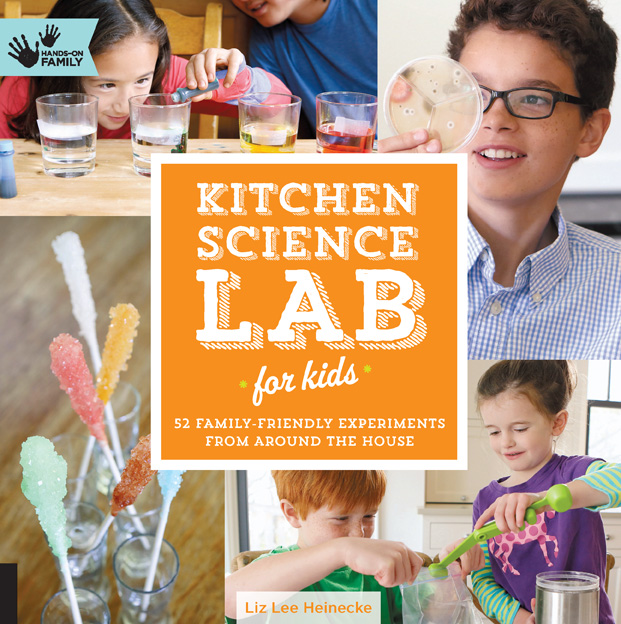
Magic Bag
Do you think a bag of water will leak if you stab it with a sharp stick? Think again.
Materials
- Resealable plastic bag (thick freezer bags work best)
- Water
- Food coloring
- Sharp wooden or
- bamboo skewers
Step 1:
Fill the resealable plastic bag with water.
Step 2:
Add a drop or two of food coloring to the bag and seal it shut.
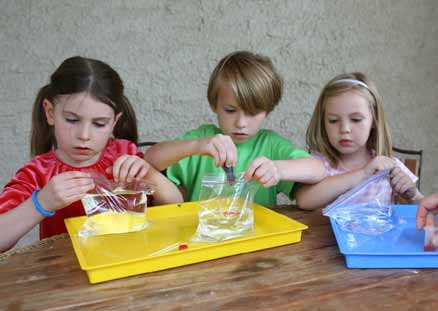
Step 3:
Slowly poke a wooden or bamboo skewer completely through the bag, in one side, through the liquid, and out the other side. Avoid pushing it through the part of the bag containing air.
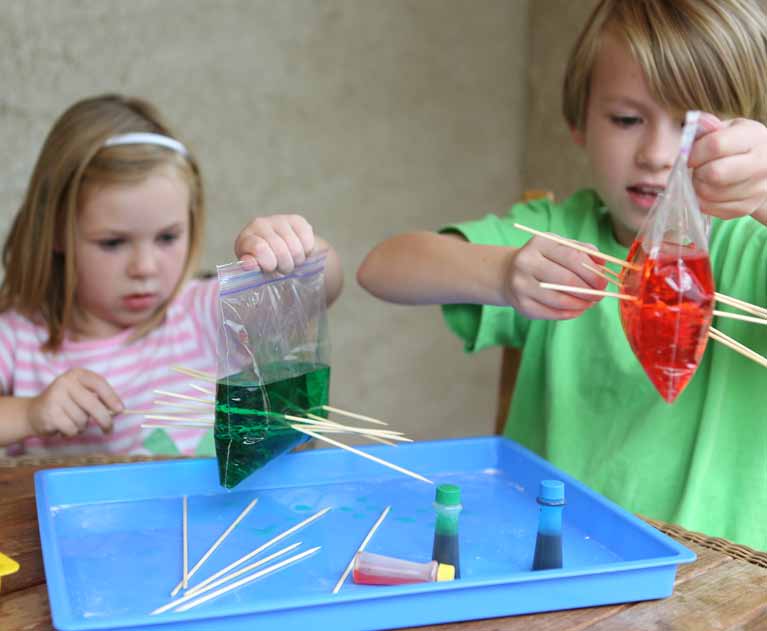
Step 4:
See how many skewers you can push through before the bag leaks.
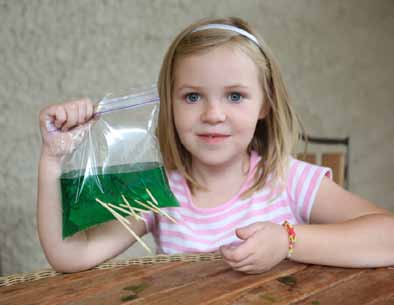
Creative Enrichment
Does this experiment work with other liquids? What if the water is hot, or cold? What happens if you poke one end of your stick through the portion of the bag that contains air?
Safety Tips and Hints
Be careful with the sharp points of the skewers. Small children should be supervised.
This is a good experiment to do outside, over a sink, or over a bowl.
The Science Behind the Fun
Plastic is a polymer, made up of long, elastic molecules that form a seal around the spot where the skewer is poking through. This polymer seal prevents the bag from leaking excessively.

click for enlarged, printable PDF
For more, check out Liz Lee Heinecke’s blog The Kitchen Pantry Scientist, or her newest book Outdoor Science Lab for Kids: 52 Family-Friendly Experiments for the Yard, Garden, Playground, and Park.
You can also find more kid science on these sites:
April Noelle 17-Oct
Happy Healthy Hip Parenting 18-Oct
Mom of 2 Dancers 19-Oct
Just Joanna 20-Oct
Familylicious 21-Oct
Say it, “Rah-shay” 22-Oct
The Life of a Home Mom 24-Oct
Mom, Are We There Yet? 25-Oct
Bless Their Hearts Mom 26-Oct
Central Minnesota Mom 27-Oct
Cassandra M’s Place 28-Oct
My Silly Little Gang 29-Oct
Houseful of Nicholes 30-Oct
Cook with 5 kids 31-Oct
From Kitchen Science Lab for Kids by Liz Lee Heinecke
© 2014 by Quarry Books Text
© 2014 Liz Lee Heinecke Photography
© 2014 Amber Procaccini Photography
read more
I received an email today that had the subject line: Does Reading Matter?
And I got all hot and bothered about it because yes, of course reading matters. It matters a lot. Trust me, I haz opinions on this subject.
Turns out, the email’s author has opinions on the matter too, and sent me a lovely article outlining them. It’s well worth your time, with some fresh reading recommendations in there, to keep you occupied while I gather my own feverishly opinionated post together.
(First, feast your eyes on this photo of Cass reading back in 2011, when she was 7. Be still my beating heart; where’d my little girl go?)
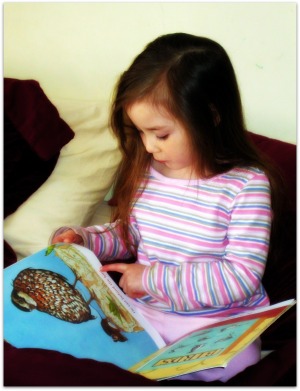
Does Reading Matter?
By Chantal Jauvin
With April upon us, thousands of families are starting to negotiate what they will do for their summer vacations. The stakes are high: Wi-Fi or not? Together or separately? Away camps or day camps? Parents, children, couples, relatives and friends, vying to create their perfect version of a summer holiday.
The choices have multiplied to such an extent that the option of simply dropping by the local library to pick up a stack of books for the cottage, the park or the backyard seems a distant memory. People bemoan their lack of time to read. The reasons are endless: work, chauffeuring the kids, barely enough time for yoga, tax season, too much time looking at the computer screen, and the new season of House of Cards. In other words, life gets in the way of reading.
So, why do we shortchange our reading time? Does reading still matter?
Most people would agree that being able to read matters. Yet as many as 32 million adults in the U.S. cannot, according to the U.S. Department of Education figures from December 2015. But there is an even more alarming statistic: 19% of high school students graduate without being able to read. These statistics raise some alarming questions: Do we have enough jobs to employ so many illiterate people? Will those jobs pay sufficiently to keep them out of poverty?
If we stretch our vision to look at the state of global literacy, the same research found that 775 million people around the world cannot read. Because some cultures still place less value on girl’s formal education while their brothers are encouraged to attend school, females account for 66% of that number. Whether at home or abroad, the ramifications of illiteracy are obvious: poverty, social exclusion and limited access to medical care.
The statistics can be argued with, reframed or countered. The simple fact remains: illiteracy severely limits quality of life both in economic terms and in the possibilities of enjoyment. Parents, advocates, government officials, students may not agree on how to fix the problem, but everyone agrees that the ability to read beyond a basic level is crucial.
Americans spend 2 hours and 46 minutes out of each day watching television. Young adults between the ages of 15 and 19 spend only 4.2 minutes per day reading during weekends and holidays (excluding homework-related reading). Reading habits increase only marginally later in life. Americans ages 45 to 54 engage in leisure reading only 26.4 minutes a day, (American Time Use Survey, 2013).
If we agree about the importance of reading, why do spend so little time enjoying it? The reasons vary by person, but perhaps the root cause has more to do with our cost-benefit analysis of the use of our time. A regular workout regime, say 3 times a week, 45 minutes each session, provides a tangible result. Reading’s benefits are less obvious.
Huffington Post has taken a look at the science behind reading and offers us concrete reasons to read more often. “6 Science-Backed Reasons to Go Read a Book Right Now” include:
- Stress reduction: It takes only 6 minutes of reading to begin lowering your stress level.
- Longer-lasting memory function: People who start to read early and continue to do so throughout their lives experience slower memory decline.
- Better sleep: Sleep experts recommend reading before bed to improve the quality of sleep.
Science aside, there are some other compelling reasons to read more often.
1. To learn from history.
Reading historical fiction provides insights into our past. Reading about Queen Isabella’s rule in Spain through the eyes of author C.W. Gortner in The Queen’s Vow provides a compelling way to understand the events and personalities who ruled this country in this period.
2. To prepare for action.
In this age of instant gratification, books are our 24-hour-a-day teachers. They are available to help us plan a trip, learn a new skill or face a personal challenge. They provide privacy to test ourselves by taking self-help quizzes or improving the way we face life. Consider Amy Cuddy’s new book Presence: Bringing your Boldest Self to your Biggest Challenges.
3. To boost imagination and creativity.
A book can provide a different perspective on life. Lee Miller: A Life by Carolyn Burke challenges the reader to see the world through the lens and life of a talented photographer. People who suffer from isolation often find solace when they encounter a character who shares their values and experiences. This affirmation validates their views and often spurs their creativity.
4. To increase our empathy.
Our world faces constant challenges requiring us to empathize with people facing situations we ourselves have not encountered. That Bird Has My Wings by Jarvis Jay Masters depicts the journey of a man on death row. Books bridge the gap between situations unknown to us and universal themes of our human condition: struggles with faith, self-forgiveness and judgment of others.
5. To be a responsible citizen of the world.
Margaret Atwood explains this best: “Reading and writing, like everything else, improve with practice. And, of course, if there are no young readers and writers, there will shortly be no older ones. Literacy will be dead, and democracy – which many believe goes hand in hand with it – will be dead as well.”
It’s always the right time to do something good for your health, your mind, your soul. But summer is an especially opportune occasion, which provides us more open space in our lives. Fill that space with something that matters; have a summer fling with reading, and see where it goes.
Chantal Jauvin is an international attorney who has combined her passion for experiencing other cultures with her pursuit of a global legal career. She has lived in Japan, Mexico, Cambodia, Russia, Austria, taking shorter assignments in Vietnam while pursuing her MBA studies in the UK. She has negotiated in Paris, Buenos Aires, and Sao Paulo often enough to almost call these cities home. Igniting her lifelong enthusiasm for language and other societies, she has turned her attention to writing in her quest to understand how our souls are touched by the blended world in which we live. Jauvin currently resides with her husband in Philadelphia, Pennsylvania.
Her new book The Boy with a Bamboo Heart tells the story of a street orphan who created a children’s charity called FORDEC. The book can be purchased on Amazon and ChantalJauvin.com
Connect with Chantal Jauvin on LinkedIn, Facebook , and on her website, http://chantaljauvin.com/. For more information on FORDEC, please visit http://fordecusa.org/.
read more
Not too terribly long ago I participated in the Timex ONE relay and in spite of the fact that I am honestly just a terrible runner, it felt pretty awesome to be part of such a huge endeavor. It’s simply amazing: the sheer number of people involved, the heart of the participants and the ongoing support of the running community.
Now here’s your chance to take part: in not just a national relay, but a historic running relay!
The United Relay of America is making running history as the world’s first triple-route coast-to-coast nonstop running relay. Runners who want to make a difference will set off from Seattle, San Francisco and Los Angeles, and meet in New York City, carrying three batons nearly 12,000 miles in the three unbroken chains. In the process, awareness and an estimated $1.5 million will be raised for several deserving charities, including children’s hospitals across the nation.
Between those three unbroken chains, an estimated 9,000 runners will run over 1,200 stages in 39 days (setting off from Seattle on April 27th, San Francisco on May 4th and LA on May 8th). They’ll then move east, with the last runners uniting at Prospect Park, New York City on June 4th. That’s about 12,000 miles across 33 states! You can follow the runners’ progress on a live map or by following along on social media.
To participate, register to run a stage on the United Relay of America website (individual stage is $50, group stages are $25. One group stage involved the “Rocky steps” at the Philly art museum, on June 2nd). You’ll then be invited to choose a charity and a fundraising target. Fundraising is not compulsory; if you don’t hit your target you will not be charged the difference.
And of course, if you are Not A Runner you can opt to sponsor a runner or simply donate to the cause. 100% of United Relay of America Fund proceeds go directly to the charities.
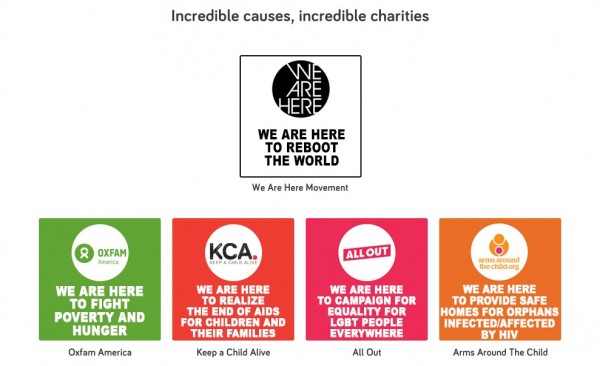
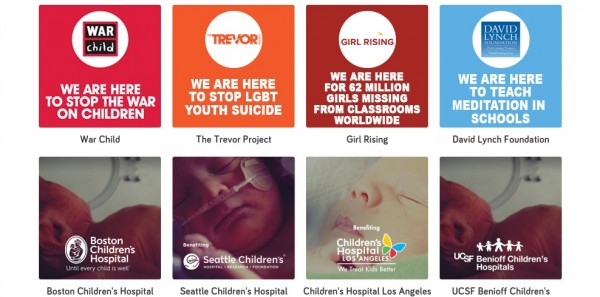

Registered runners and supporters receive an exclusive 20% discount on safe, bone conduction headphones from AfterShokz. Since this relay takes place on roadside courses, during all hours and conditions, runners won’t be allowed to use traditional headphones and earbuds that block out traffic and warnings. By contrast, AfterShokz bone conduction headphones ensures runners can remain aware of surroundings while they run. Plus, 5% of every purchase made will be donated to the United Relay of America Fund through June 2016.
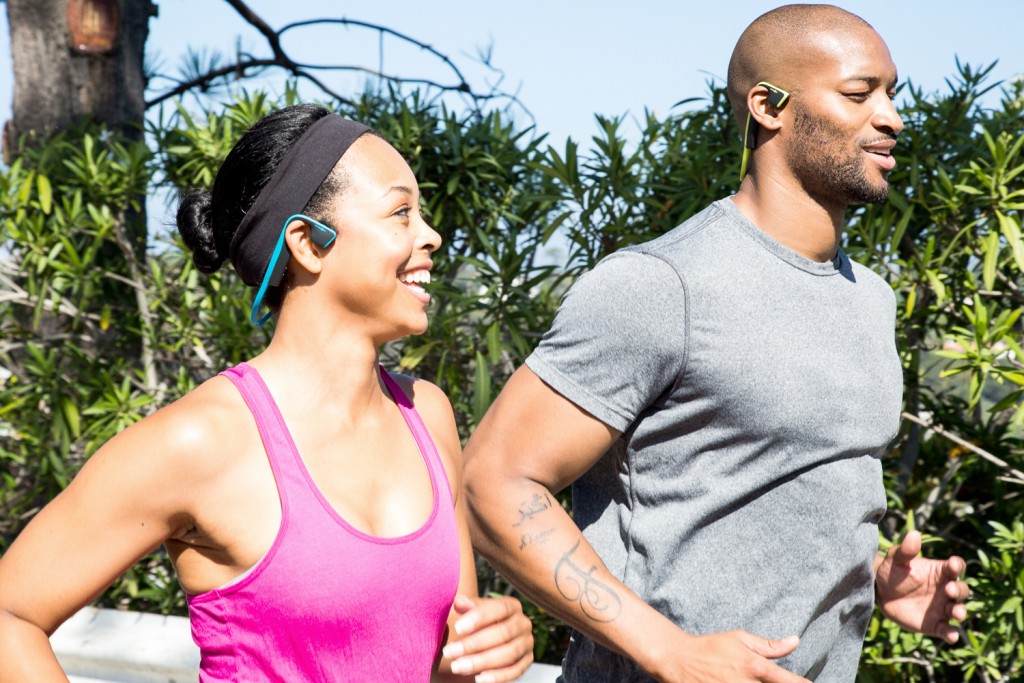
AND, when you sign up to a run a stage you’ll be automatically entered for a chance to meet Alicia Keyes, during a two-night stay in NYC with flights included! The winner and a friend will also receive a free pair of AfterShokz headphones and a goodie bag, including an exclusive United Relay t-shirt signed by Alicia Keys.
You can increase your chances of winning (each point represents a separate entry into the prize draw):
- 5 points for signing up to an empty stage
- 4 points for signing up to a Standard Stage
- 3 points for every $100 you raise
- 2 points for recruiting a friend to run
- 1 point for signing up to a Group Stage
You can see a running total of your points within your United Relay Dashboard.
I have to admit, I’ve been feeling some runner envy this month; so many people have been posting pictures as they kick off their racing season. This is a great opportunity to set a date to begin training for, while raising funds for a cause you care about— did I mention 100% of United Relay of America Fund proceeds go directly to the charities?
Register today!
read more
Posted by Robin on Apr 6, 2016 in Books, Family | 0 comments
My favorite gifts for young kids and baby showers (and really most other gift giving occasions, if I’m being honest) are books. The classics, to be sure, but I also try to rustle up some new titles that I think the recipient is unlikely to receive from any other quarter.
My First Science Textbooks are chemistry storybooks for the very young, written by a chemistry teacher with his two-year-old daughter in mind.
I love love love this.
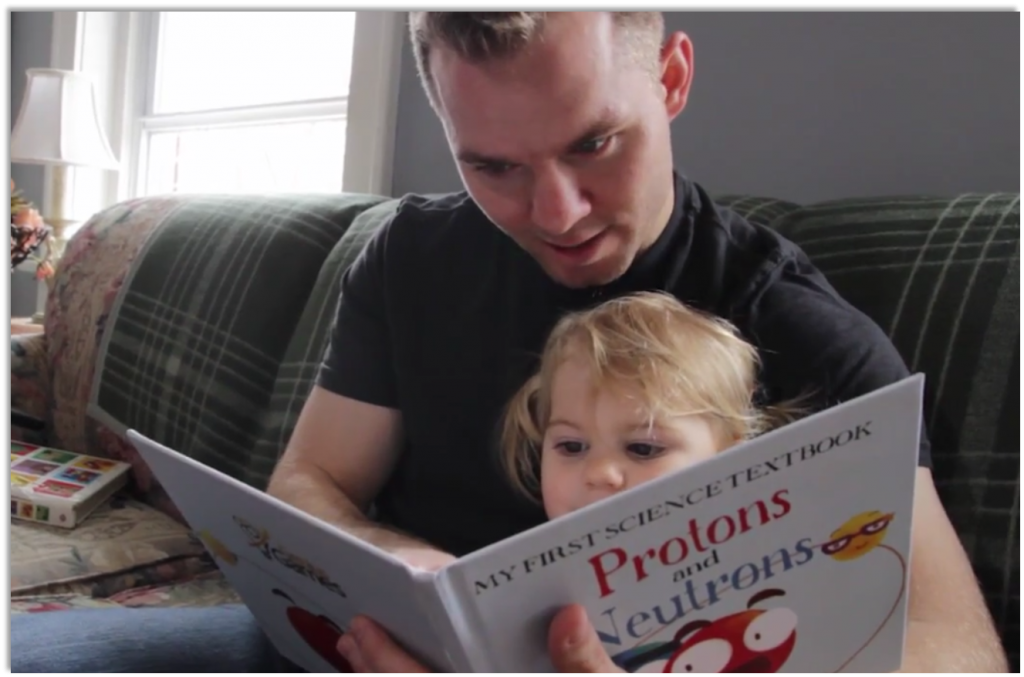
Book I: Protons and Neutrons
Book II: Electrons
Book III: The Atom
My First Chemistry Textbooks are hardcover children’s books, each with 32 or more full color paper pages. Our goal is to add a few additional workbook pages at the end of the books so adults and kids can play, interact and discuss the content covered throughout the books.
This is at the Kickstarter stage at the moment, but it fully funded within 8 hours! The initial fundraising goal was $4500 and they’re close to $100,000 now. Which is AMAZING.
For $35, you can reserve one copy each of the three books in the series plus access to the E-book versions. For $36 you get them in board book form.
For $65, you get one each in hardback form and one each in board book form. Think of it as the “grow with me” edition.
For $100, you get FOUR board book copies of each title plus access to the E-book versions, so you can donate to your classroom or library AND give away copies at your next baby shower or little kid birthday.
There are other donation levels available, those are just my favorites.
Check it out and reserve your copies now! Estimated delivery is October 2016.
read more





